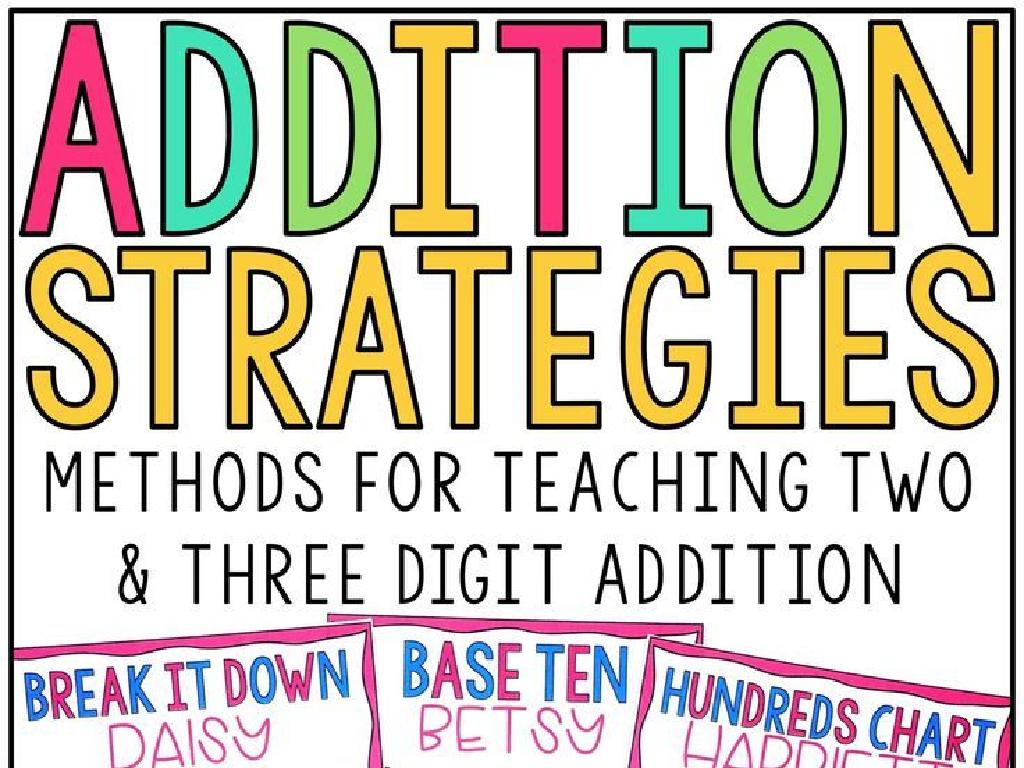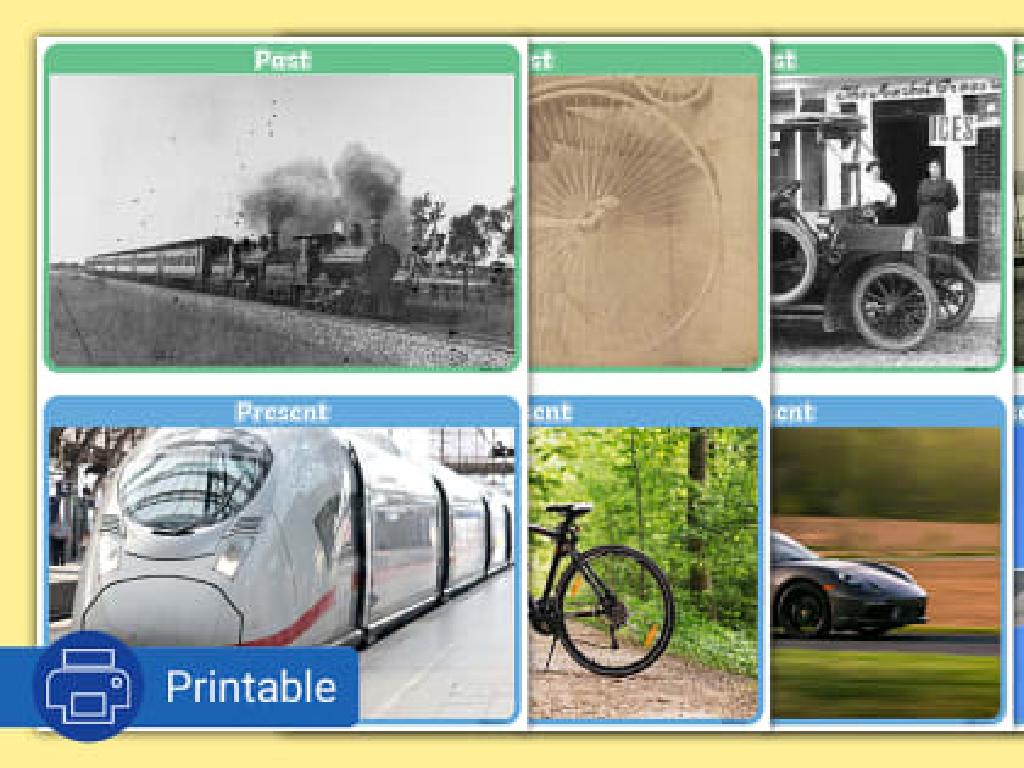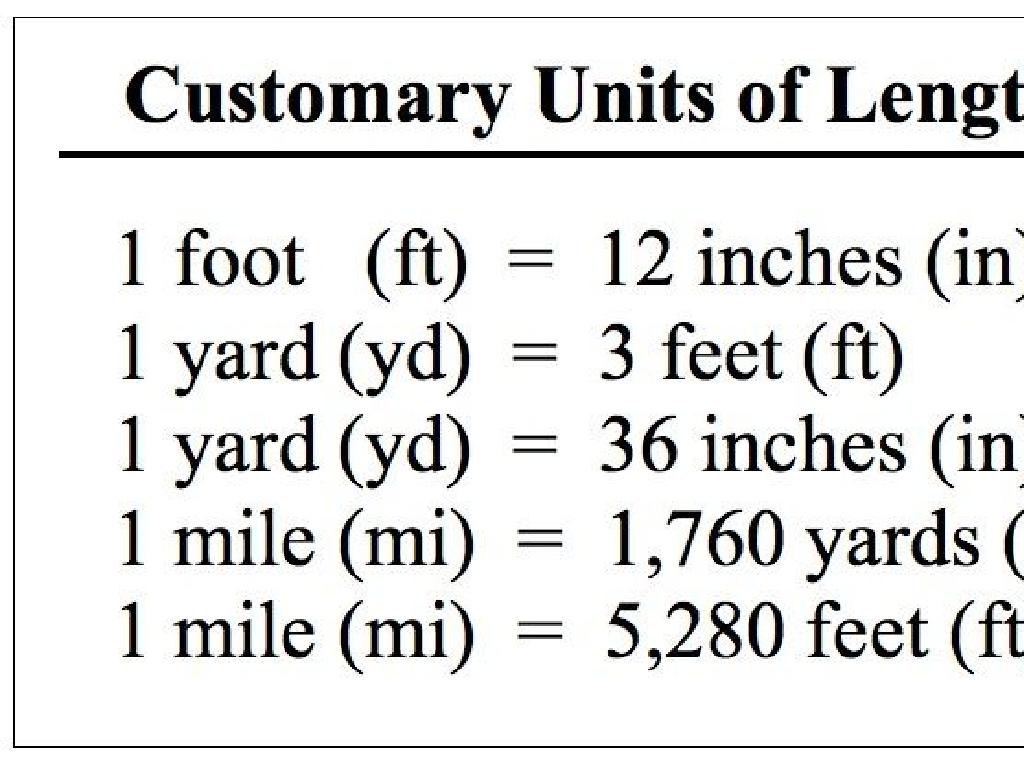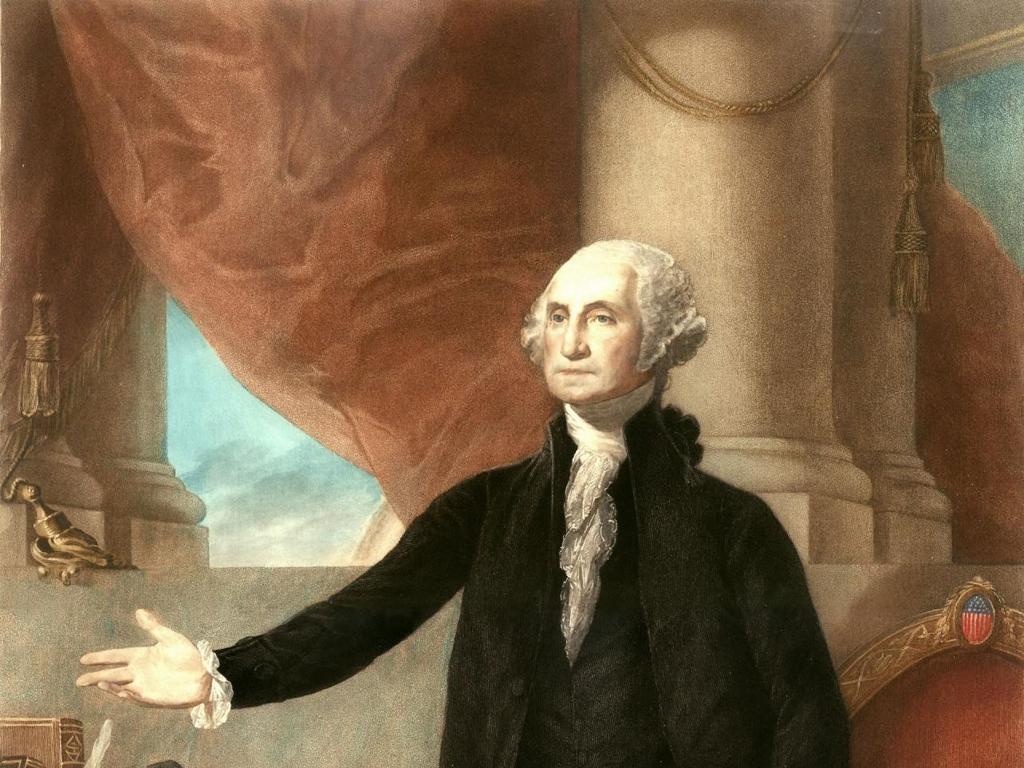Comparing Numbers Up To 1,000
Subject: Math
Grade: Second grade
Topic: Comparing And Ordering
Summary: This second grade math lesson teaches students to compare and order numbers up to 1,000 using symbols like greater than (>), less than (<), and equal to (=). Interactive activities help children understand place value by comparing hundreds, tens, and ones. Practical examples and a number line race make learning fun, reinforcing key concepts of value and order. Students gain confidence in identifying which numbers are bigger, smaller, or equal.
Please LOG IN to download the presentation. Access is available to registered users only.
View More Content
Welcome to Comparing Numbers!
– Learn to compare numbers up to 1,000
– Grasp bigger vs. smaller numbers
– Bigger numbers have more value, smaller have less
– Use symbols like >, means greater, < means less, = means equal
– Practice comparing with examples
– Compare 345 to 543 using symbols
|
This slide introduces second graders to the concept of comparing numbers up to 1,000. Start by explaining that numbers can be compared based on their value, with some being bigger or smaller than others. Introduce the symbols used for comparison: greater than (>) means one number is bigger, less than (<) means one is smaller, and equals (=) means they are the same. Use relatable examples like comparing the number of apples in two different baskets to help them understand. Provide plenty of practice opportunities with numbers up to 1,000, ensuring students are comfortable with the concept and the symbols. Encourage students to explain their thinking when they compare two numbers.
What Does it Mean to Compare Numbers?
– Understanding comparison
– Comparing tells us which number is bigger or if they are the same size
– Symbols: >, means greater than, < means less than, = means the same as
– Practice with examples
– Let's look at 123 vs 321, which is larger?
– Comparing numbers up to 1,000
– We'll compare big numbers like 789 and 798
|
This slide introduces the concept of comparison in mathematics to second graders. Begin by explaining that comparing numbers is like weighing two apples to see which one is heavier. Use the symbols >, <, and = to show how we can record our findings. Provide clear examples using numbers within the 1,000 range, ensuring to include numbers with different hundreds, tens, and ones values. Encourage the students to participate by guessing the answers before revealing them. This interactive approach will help solidify their understanding of numerical comparison. For homework, they can find examples of things to compare at home, like the number of books on a shelf or toys in a box.
Comparing Numbers: Using Symbols
– Greater than symbol (>)
– Shows one number is bigger, like 700 > 698
– Less than symbol (<)
– Shows one number is smaller, like 345 < 346
– Equal sign (=)
– Shows numbers are the same, like 500 = 500
– Practice comparing numbers
– Use symbols to compare numbers up to 1,000
|
This slide introduces the symbols used to compare numbers: the greater than symbol (>), the less than symbol (<), and the equal sign (=). Explain that these symbols are like a secret code that mathematicians use to show which numbers are bigger, smaller, or the same. Provide examples using numbers up to 1,000 to illustrate how to use each symbol correctly. Encourage students to think of the greater than and less than symbols as a little mouth that always wants to eat the bigger number. For the equal sign, stress that it means both sides are exactly the same. Prepare to have students practice using these symbols with a variety of numbers in the next class.
Comparing Hundreds
– Start with the largest place value
– Compare the hundreds place
– Which number has more hundreds?
– Understand greater numbers
– 7 hundreds is more than 6 hundreds
– Example: 700 vs 600
– 700 is greater than 600 because 7 > 6
|
When teaching second graders to compare numbers up to 1,000, it’s crucial to emphasize the importance of place value. Begin by explaining that the largest place value in a three-digit number is the hundreds place. Guide them to look at the hundreds place first to determine which number is greater. Use clear examples, such as comparing 700 and 600, to illustrate that 700 is greater because 7 hundreds are more than 6 hundreds. Reinforce this concept with additional examples and provide practice problems where students can apply this knowledge to compare different numbers.
Comparing Tens and Ones
– Compare hundreds first
– If hundreds are equal, compare tens
– If tens are equal, compare ones
– Example: 345 vs 352
– 45 is less than 52, so 345 is less than 352
|
This slide is focused on teaching students how to compare numbers up to 1,000 by looking at the value of the digits in the hundreds, tens, and ones places. Start by comparing the hundreds place. If the numbers in the hundreds place are the same, move to the tens place. If those are also the same, then compare the ones place. Use the example provided to show students how this comparison works in practice. Encourage students to practice with more examples and to explain their thinking process as they compare each set of numbers.
Let’s Practice Comparing Numbers!
– Start with the largest place value
– Look at the hundreds place first
– Compare numbers up to 1,000
– Find two numbers and decide which is bigger
– Use symbols: >, 234, 567 < 678, 890 = 890
|
This slide is designed to engage second-grade students in a hands-on activity to practice comparing numbers up to 1,000. Emphasize the importance of starting with the largest place value, which is the hundreds place when comparing three-digit numbers. Encourage students to use the comparison symbols correctly and to verbalize their thought process as they compare each set of numbers. Provide several examples on the board and work through them as a class before allowing students to try on their own. For the activity, consider having students work in pairs to compare numbers and explain their reasoning to each other. This peer interaction can help solidify their understanding of the concept.
Class Activity: Number Line Race
– Create a floor number line with tape
– Receive a number card up to 1,000
– Stand on the number line at your number
– Compare to find which number is greater or less
|
This interactive class activity is designed to help students understand the concept of comparing numbers within 1,000. Using tape, create a large number line on the classroom floor. Distribute cards with numbers up to 1,000 to each student. Students will then place themselves on the number line according to the number on their card. This visual and physical activity helps students grasp the concept of number order and comparison. As an extension, ask students to identify who is standing at a number that is greater or less than theirs to reinforce the concept. Possible variations of the activity could include having students swap cards and find their new place on the number line, or calling out numbers and having students decide if they should move to a new position on the line to reflect greater or lesser values.





